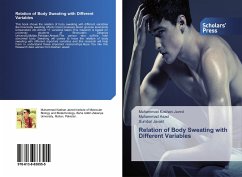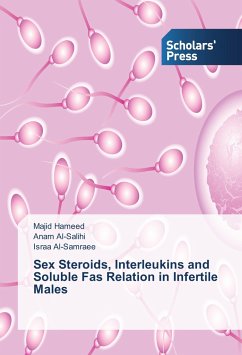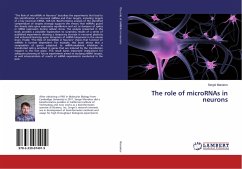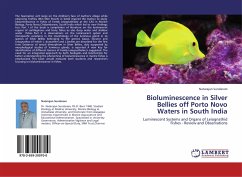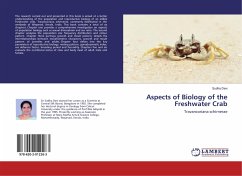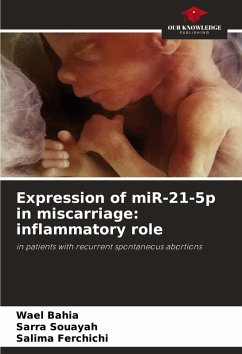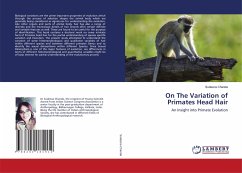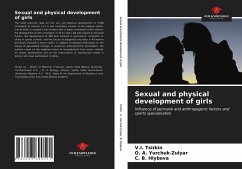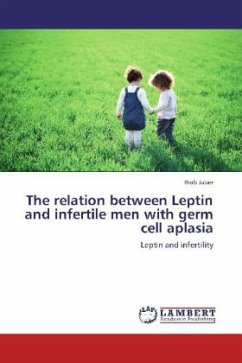
FOXA2 and MicroRNA-124 in relation with HCC sexual dimorphism in Egypt
Versandkostenfrei!
Versandfertig in 6-10 Tagen
45,99 €
inkl. MwSt.

PAYBACK Punkte
23 °P sammeln!
Hepatocellular carcinoma (HCC) is sexually dimorphic in mammals. Forkhead box A2 (FOXA2) binding sites' mutations exhibited impairment in binding between FOXA2, hormonal receptors and their target genes. Some miRNA genes were found to be located in cancer-associated genomic regions, indicating that they are cancer-related and could be used as prognostic and diagnostic biomarkers as well as potential molecular targets. Molecular mechanism underlying sexual dimorphism remains unclear. This study aimed to investigate FOXA2 DNA binding domain (DBD) polymorphism and miRNA-124 expression profile to ...
Hepatocellular carcinoma (HCC) is sexually dimorphic in mammals. Forkhead box A2 (FOXA2) binding sites' mutations exhibited impairment in binding between FOXA2, hormonal receptors and their target genes. Some miRNA genes were found to be located in cancer-associated genomic regions, indicating that they are cancer-related and could be used as prognostic and diagnostic biomarkers as well as potential molecular targets. Molecular mechanism underlying sexual dimorphism remains unclear. This study aimed to investigate FOXA2 DNA binding domain (DBD) polymorphism and miRNA-124 expression profile to correlate its differential expression to HCC in view of sexual dimorphism in Egyptian patients.




